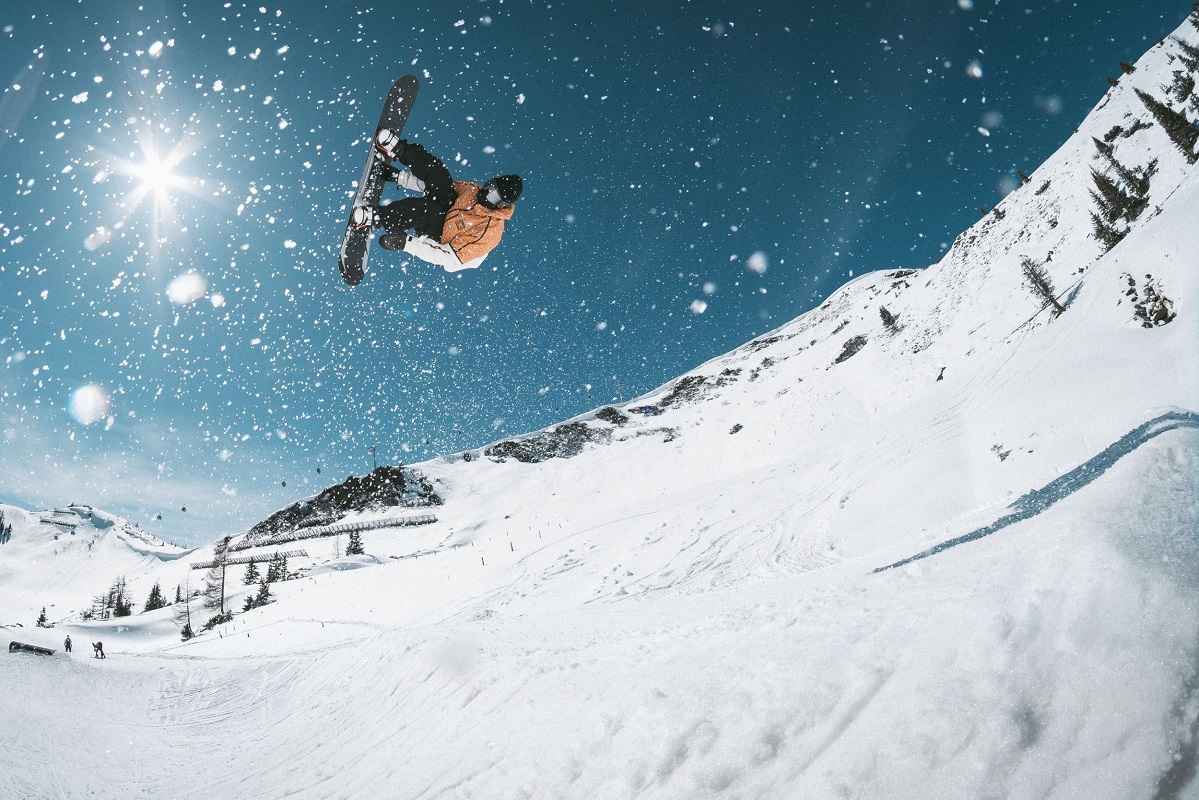
When it comes to choosing the right snowboard, one of the most important factors to consider is the flex profile. The flex profile of a snowboard refers to how stiff or soft the board is from tip to tail. The flex profile plays a crucial role in determining the performance, stability, and responsiveness of the snowboard in different riding conditions.
Snowboards come in a variety of flex profiles, each designed to cater to different riding styles and skill levels. In this article, we will explore the different types of snowboard flex profiles, understand their characteristics, and help you choose the right flex profile that suits your needs.
Camber Flex Profile
The camber flex profile is one of the most traditional and widely used flex profiles in snowboarding. It features a slight upward curve in the middle of the board, with the contact points near the tip and tail touching the ground. This design creates a powerful and responsive ride, making it ideal for riders who prioritize precision, control, and edge hold.
When a rider stands on a camber snowboard, it creates tension between the contact points, resulting in a spring-loaded effect. This camber profile provides excellent pop and stability, making it well-suited for carving, aggressive turns, and high-speed riding. However, it can be less forgiving and more demanding on the rider’s technique.
Rocker Flex Profile
The rocker flex profile, also known as reverse camber or banana flex, is the complete opposite of the camber profile. Instead of a curved center, the rocker profile features an upward curve from tip to tail, with the contact points lifted off the ground. This design creates a playful and forgiving ride, making it suitable for riders who prefer a more relaxed, surfy, and catch-free experience.
Rocker boards excel in powder and park riding as the lifted tip and tail provide better floatation in deep snow and easier maneuverability on rails and jumps. The flat center of the board also improves the board’s ability to press and butter. However, due to the absence of camber, rocker boards can feel less stable at high speeds and may lack the same level of edge hold as camber boards.
Flat Flex Profile
The flat flex profile is characterized by a completely flat base from tip to tail, with no camber or rocker. This profile offers a neutral and balanced platform that combines elements of both camber and rocker profiles. Flat boards provide stability, predictability, and versatility across various terrain and riding styles. They offer a more forgiving ride than camber but with better edge hold and stability than rocker.
Flat boards are popular among all-mountain riders who want a reliable and well-rounded snowboard that performs well in different conditions. They provide a good balance between freestyle and freeride capabilities, allowing riders to handle jumps, rails, groomers, and powder with confidence. However, they may not excel in specific areas as much as boards with more specialized profiles.
Hybrid Flex Profile
The hybrid flex profile, as the name suggests, combines multiple flex profiles to create a snowboard that offers the best of both worlds. Hybrid profiles can include combinations of camber, rocker, and flat sections, strategically placed throughout the board to enhance specific performance aspects.
One common hybrid profile is the camber-rocker-camber (CRC) profile. It features camber between the feet for stability and edge hold, while rocker in the tip and tail enhances floatation and maneuverability. This profile is popular among all-mountain riders who want the benefits of both camber and rocker.
Other hybrid profiles may include variations such as rocker-camber-rocker (RCR), flat-rocker-flat (FRF), or even multiple camber zones. These profiles offer more customization options for riders looking for specific performance characteristics tailored to their preferences.
Directional Flex Profile
The directional flex profile is primarily designed for freeride and powder riding. It features a stiffer and more responsive nose compared to the tail, allowing the rider to float and maneuver effortlessly in deep snow. The nose is usually longer and wider than the tail, providing better floatation and stability when riding forward.
Directional boards are typically set up with a setback stance, meaning the bindings are positioned closer to the tail, shifting the rider’s weight towards the back of the board. This setup enhances the board’s ability to plow through powder and maintain stability at higher speeds. However, directional boards may feel less maneuverable for park and switch riding due to the asymmetrical flex pattern.

